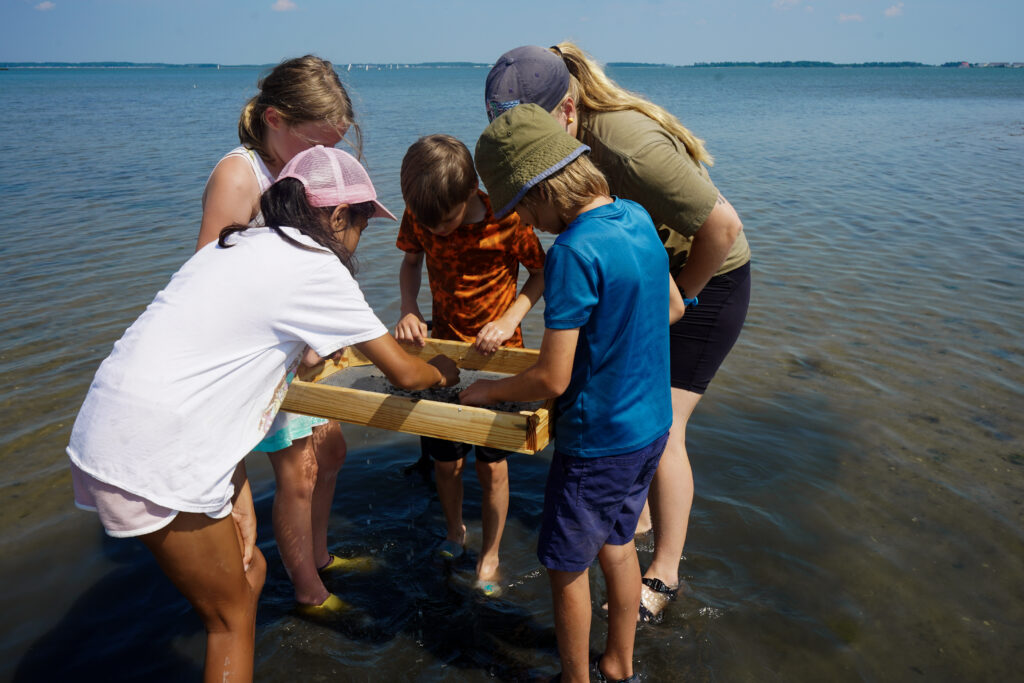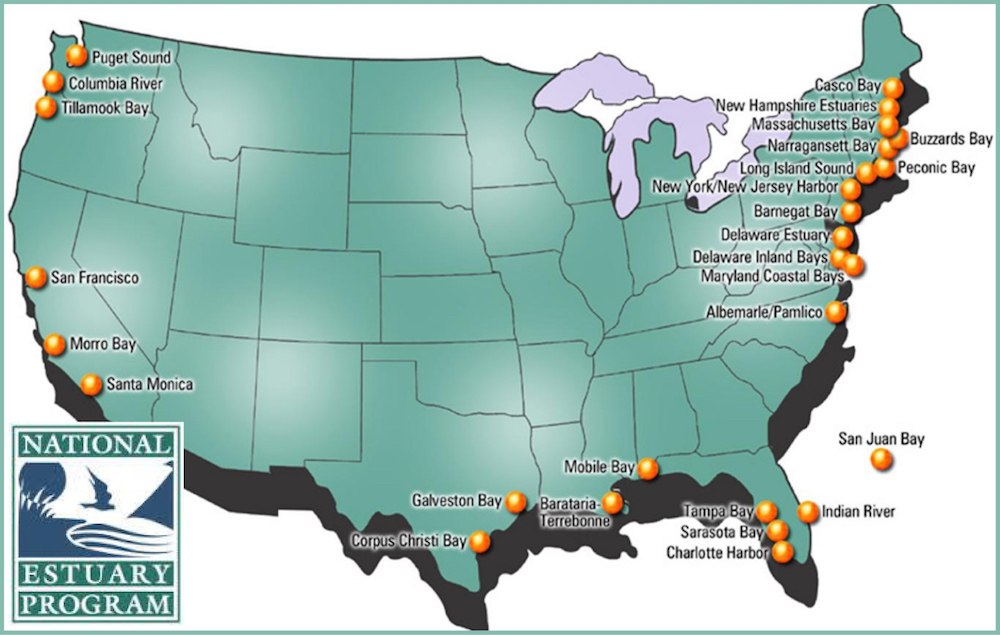The Center was established by the Delaware General Assembly as an independent 501(c)(3) nonprofit organization in 1994. Its creation was the culmination of 20 years of public participation and investigation into the decline of the water quality of the Inland Bays and the remedies for their restoration. The Center primarily serves the residents of the Inland Bays watershed, though all who work in and visit the area benefit from the Center’s work.
Since its creation, the Center has led efforts to address the challenges facing the Inland Bays watershed by developing and implementing a Comprehensive Conservation and Management Plan (CCMP) focused on scientific inquiry into the health of the Bays, improving water quality, restoring fish and wildlife habitats, and educating the public and decision-makers about issues affecting the watershed. Specific initiatives include participatory science, land conservation and reforestation, living shorelines, youth education, and more.



